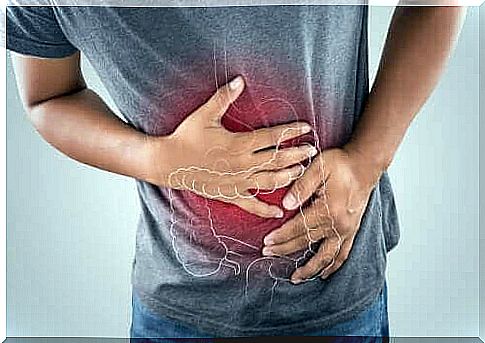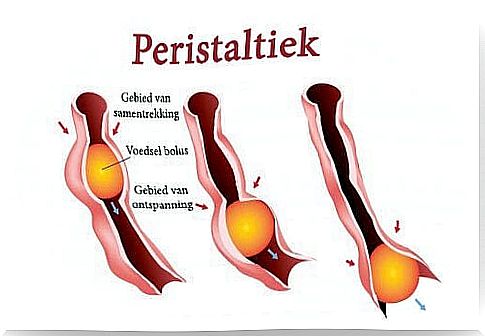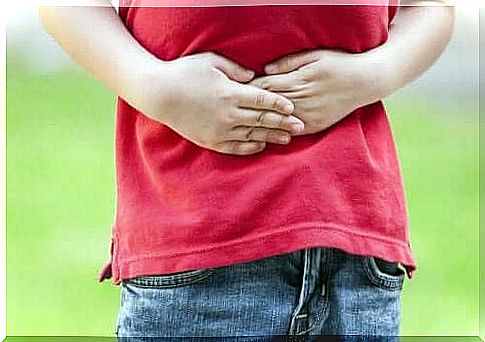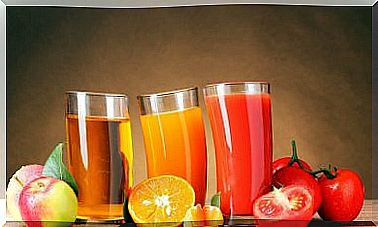The Amazing Process Of Peristalsis

The process of peristalsis are muscle contractions that occur in the tube-like organs of the human body. This includes the gastrointestinal tract and also the urinary tract, where tubular structures transport substances.
Peristaltic contractions are organized and rhythmic. They occur with a frequency that is considered normal and arise in the smooth muscles present in the walls of tube-like organs.
The smooth muscle is autonomous. In other words, it is involuntary. You cannot give this muscle conscious commands to contract. So it only depends on commands from the brain that you have no control over.
When the brain becomes aware of the presence of food in the digestive tract, it sends the command to the smooth muscles of the body to perform certain movements. These movements generate the transport of food from the mouth to the anus.
The same mechanism also applies to the urinary system. When the brain detects the presence of urine produced by the kidneys, it sends information for the ureters to transport it through peristalsis to the bladder. So we could say that the process of peristalsis has three main functions:
- Moving food through the digestive tract.
- Circulate bile in the liver, which is part of the digestive system.
- Bringing urine to the urinary tract.
The steps of the process of peristalsis

Peristalsis moves the bolus through the digestive system. Moreover, it is rhythmic and organized. As soon as food enters the mouth and is swallowed after crushing, it reaches the esophagus.
There, peristalsis is responsible for moving the bolus (see diagram) made to the stomach. These same movements prevent the bolus from rising again.
When the stomach secretes stomach acid and performs the appropriate actions on the bolus, the next stage of the journey is its transport through the small intestine. Then peristalsis transfers the substances to the duodenum, jejunum and ileum. There, bile acids from the gallbladder are added.
In the small intestine, nutrient absorption depends on good peristalsis, while well-executed movements allow the movement of small constituents through the intestinal walls.
Eventually , the digested food is dried up in the large intestine. Here, the coordinated movements play a key role in fecal distention. Both the rectum and anus depend on these movements to perform the final step in the process.
Causes of Decreased Peristalsis

For several reasons which we will explain below, the peristaltic movements may be slower than normal. This can lead to a blockage in the digestive tract. Constipation can then lead to health problems. Among the most common causes of decreased peristalsis include:
- The age. Both the elderly and very young children are more likely to develop constipation (Spanish/English link), as their age causes deficiencies in smooth muscle.
- Diabetes. This disease affects neurological transmissions in many areas of the body, including the digestive system.
- Parkinson’s disease. Patients suffering from this condition may also be more likely to experience constipation.
- Autoimmune disease. For example, patients with scleroderma or polymyositis have reduced peristalsis.
- Medicines. Some drugs have side effects such as constipation and decreased peristaltic activity. So it is important to know that possibility before taking them and consult your doctor who prescribed them so that you don’t get scared if it happens to you.
Causes of Increased Peristalsis
Just as you can suffer from reduced peristalsis, the movements can also increase more than necessary, causing the ultimate effect of diarrhea. These are the most common causes:
- Bacterial infections. The most common bacteria that cause diarrhea are Escherichia coli, Salmonella and also Shigella. The patient may have contracted them from consuming contaminated food or water.
- Virus infections. In children, increased peristalsis due to common viruses occurs. In these cases, medical monitoring is essential to avoid dehydration.
- Medicines. Just as certain medications have adverse effects, including constipation, others can cause diarrhea.
- Chronic conditions. Some common diseases of the general population have a symptom associated with increased peristalsis. For example, we can mention thyroid dysfunction.
- Psychological origin. The gut reacts to stressful situations. This may seem logical now, because you now know that the movements depend on the nervous system that stimulates the smooth muscle.
- Previous operations on the digestive system. People who have undergone gastric or intestinal surgery for various reasons may suffer from peristaltic rhythm changes in the future, either due to the destruction of the intervening nerve fibers or due to a shortening of the digestive tract.
Conclusion
In summary, the process of peristalsis is a normal and vital body function. You couldn’t live normally without it. It is responsible for transporting food through the digestive tract and urine into the urinary tract.
However, the normal function may (temporarily) change. If you notice that you have more or less bowel movements, you should see your doctor. Your doctor will know if it’s a temporary change or if it’s something that requires specific treatment.









